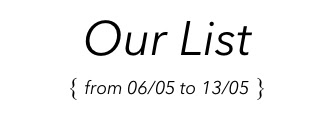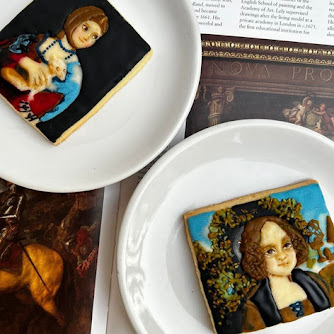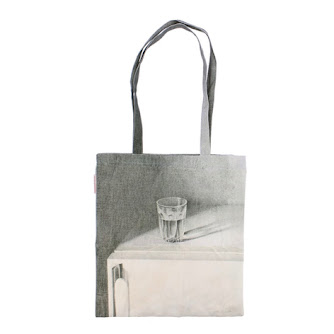Noé at the Bellas Artes...
1:49 p.m.
04/09/17 - When a curator prepares an exhibition about an artist, he or she looks backwards: what they created, how they did so, why they chose certain techniques. Cecilia Ivanchevich, curator of the exhibition "Mirada Prospectiva", switched the logic and believes that Luis Felipe Noé's work looks to the future. It is, however, a discouraging future because the pieces on display and Noé's creation process are ruled by the “aesthetic of chaos”, not as opposed to order, but as a new dynamics in this ever changing world.
Entreveros, by Luis Felipe Noé (2017)
Technique: acrylic on paper, fabric, wood
The exhibition is overwhelming. There's brushstrokes in vivid colors wherever you look and the world seems mad and irrational. Noé (Argentina, 1933) reduces the figures, landscapes and objects into s series of intertwined lines against colorful backgrounds. As a result he creates a perplexing illusion of holes and bulges, of color ease, fire and ice, where little heads pop out shouting.
La estática velocidad, by Luis Felipe Noé (2009)
Technique: ink and acrylic on paper and canvas / Measures: 300 x 1100 cm
La estática velocidad, by Luis Felipe Noé (2009) - Detail
Technique: ink and acrylic on paper and canvas / Measures: 300 x 1100 cm
Caos S.A, by Luis Felipe Noé (2003)
Technique: ink and acrylic on paper and canvas / Measures: 200 x 278 cm (diptych)
Two artworks stand out among the many brushstrokes: the iconic "Introducción a la esperanza", of 1963, and "Hoy, el ser humano", of 2016.
The first one marked a fundamental change in the history of Argentine Art because, as part of the movement known as la Nueva Figuración, Noé creates a piece that opposed to the traditional frame. Nine windows display, simultaneously, different messages. Here is where the future is shaped: in the 60s, without really knowing it, Noé foresees the virtual windows and the saturation of images. The artwork presents a demonstration and the canvases are the signs carried by the protesters. Together they posses the force of the polyphony of messages.
Introducción a la esperanza, by Luis Felipe Noé (1963)
Technique: oil and enamel on 9 canvases / Measures: 201 x 214 cm
With the collage "Hoy, el ser humano", Noé revisits the history of mankind through different artworks. We see a crucified Christ made of broken mirrors and, around him, details of Francisco de Goya's "El 3 de Mayo de 1808 en Madrid" and Theodore Gericault's "Medusa's raft", among other images of war and exile.
Hoy, el ser humano, by Luis Felipe Noé (2016)
Technique: acrylic and ink on paper, fabric, wood and mirrors / Measures: 200 x 200 cm
Hoy, el ser humano, by Luis Felipe Noé (2016) - Detail
Technique: acrylic and ink on paper, fabric, wood and mirrors / Measures: 200 x 200 cm
Hoy, el ser humano, by Luis Felipe Noé (2016) - Detail
Technique: acrylic and ink on paper, fabric, wood and mirrors / Measures: 200 x 200 cm
Noé invites us to walk his universe of chaos and tries to immerse us in it constantly, as if it was the only truth. He sums up that with his bursted Christ, in which we see ourselves reflected and surrounded by dozens of agonizing images.















0 comentarios